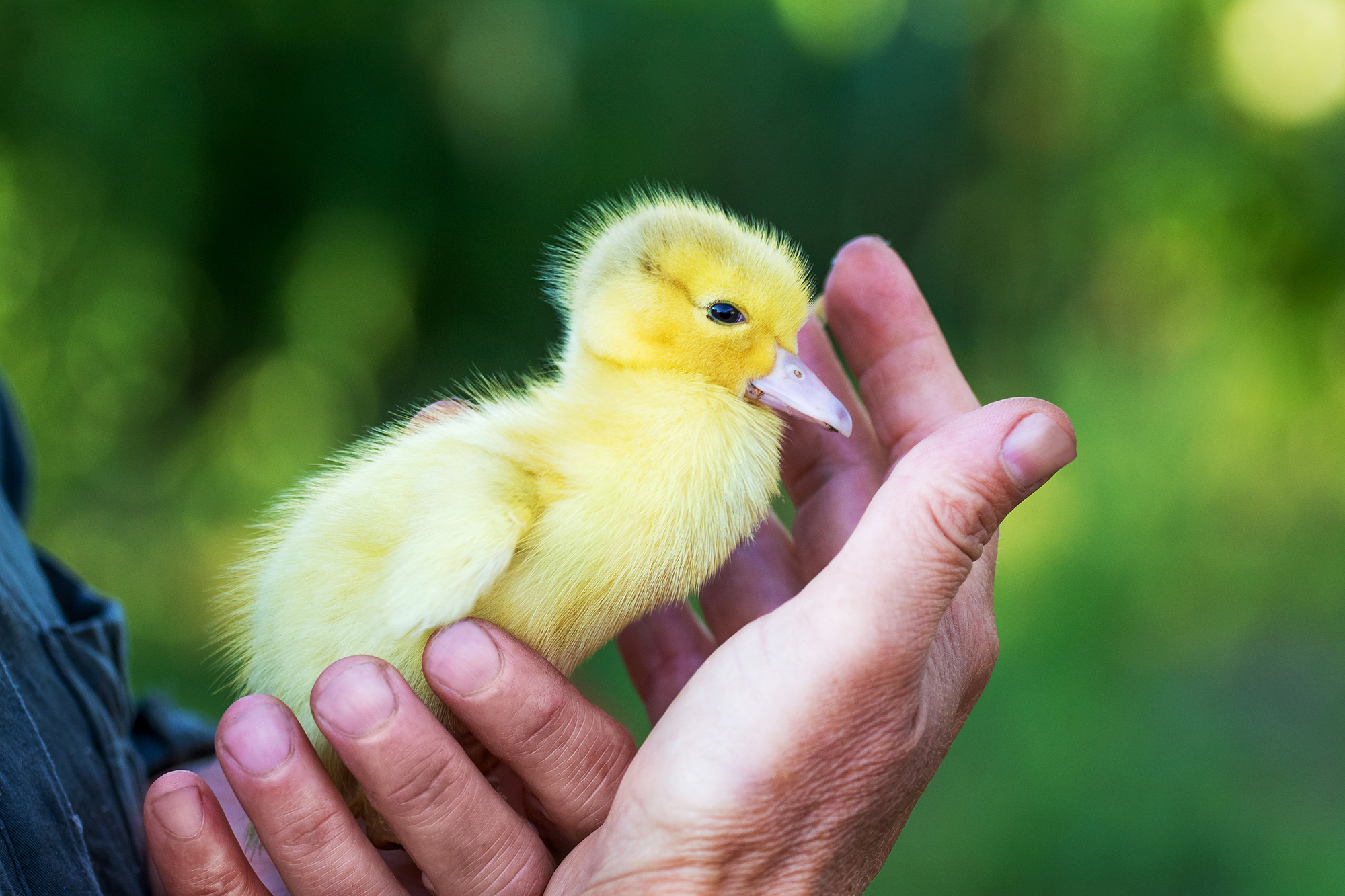
Hatchery Environment Control and Solutions
Hatcheries are places where eggs are incubated and hatched, so the main factors would be temperature, humidity, ventilation, and sanitation.
1. Key Environmental Parameters
Temperature:
- Optimal Ranges: Poultry (chicken) eggs: 99.5°F (37.5°C) for forced-air incubators; aquatic species vary (e.g., trout: 50–54°F).
- Control: Use thermostats, automated incubators, and backup heaters/coolers.
- Solutions: Install redundant power systems (generators) and real-time sensors with alarms.
Humidity:
- Optimal Levels: Poultry: 50–60% during incubation, 65–75% at hatching.
- Control: Hygrometers, misting systems, or water trays for humidity; dehumidifiers or ventilation for excess moisture.
Ventilation:
- Ensure airflow to maintain oxygen and remove CO2/ammonia. Use HEPA filters and adjustable vents.
- Monitor with CO2 sensors (keep < 0.5% for poultry).
Sanitation:
- Daily disinfection of equipment (e.g., quaternary ammonia solutions).
- Implement biosecurity: foot baths, restricted access, and pest control (rodent-proofing, insect traps).
2. Egg Management
- Turning: Automate with hourly turners or manually turn 3–5 times/day. Stop turning 3 days before hatching.
- Storage: Store fertile eggs at 55–65°F with 75% humidity for ≤7 days.
- Candling: Check viability at 7–10 days (poultry) to remove non-viable eggs.
3. Egg Management
- Zoning: Separate incubation, hatching, and post-hatch areas to prevent cross-contamination.
- Waste Management: Safely dispose of eggshells, unhatched eggs, and wastewater (e.g., autoclaving).
4. Common Issues & Solutions
- Temperature Fluctuations: Insulate facilities, use backup power, and calibrate equipment regularly.
- Disease Outbreaks: Quarantine affected batches, enhance sanitation, and test for pathogens (e.g., Salmonella).
- Power Failures: Install generators and battery backups for critical systems.
5. Advanced Solutions
- Automation: IoT-enabled sensors for real-time monitoring and alerts via mobile apps.
- AI Integration: Predictive analytics to adjust parameters and optimize hatch rates.
- Sustainability: Solar-powered systems, rainwater harvesting, and energy-efficient HVAC.
6. Staff Training & Compliance
- Train workers on equipment use, biosecurity, and emergency protocols.
- Maintain logs for temperature, humidity, and hatch rates to identify trends.
7. Species-Specific Considerations
- Poultry: Focus on turning frequency and humidity spikes during hatching.
- Aquatic Hatcheries: Monitor water quality (pH, dissolved oxygen) and UV sterilization.
- Reptiles: Substrate moisture and species-specific temperature gradients.
8. Conclusion
Effective hatchery management hinges on precise control of environmental parameters, robust infrastructure, and proactive problem-solving. Leveraging technology and sustainable practices can enhance efficiency and hatch success while minimizing risks. Regular staff training and adherence to industry standards (e.g., USDA guidelines for poultry) are critical for long-term success.
Featured collection
-
6-IN-1 Portable Environment Monitor: O2, CO, Altimeter, Barometer, Temperature, Humidity
Regular price $79.99 USDRegular priceUnit price / per$89.99 USDSale price $79.99 USDSale -
7-IN-1 Outdoor O2 & CO Detector with Thermometer, Hygrometer, Stopwatch, Flashlight
Regular price $79.00 USDRegular priceUnit price / per$150.00 USDSale price $79.00 USDSale -
4-IN-1 SMART INDOOR AIR QUALITY MONITOR: SMOKE, CO, TEMP, RH
Regular price $30.99 USDRegular priceUnit price / per$66.00 USDSale price $30.99 USDSale -
SMART RADON GAS MONITOR
Regular price $199.00 USDRegular priceUnit price / per$299.00 USDSale price $199.00 USDSale




